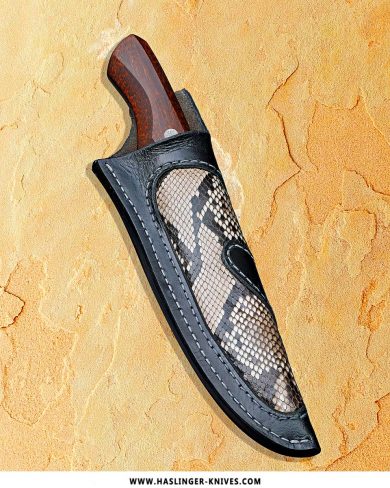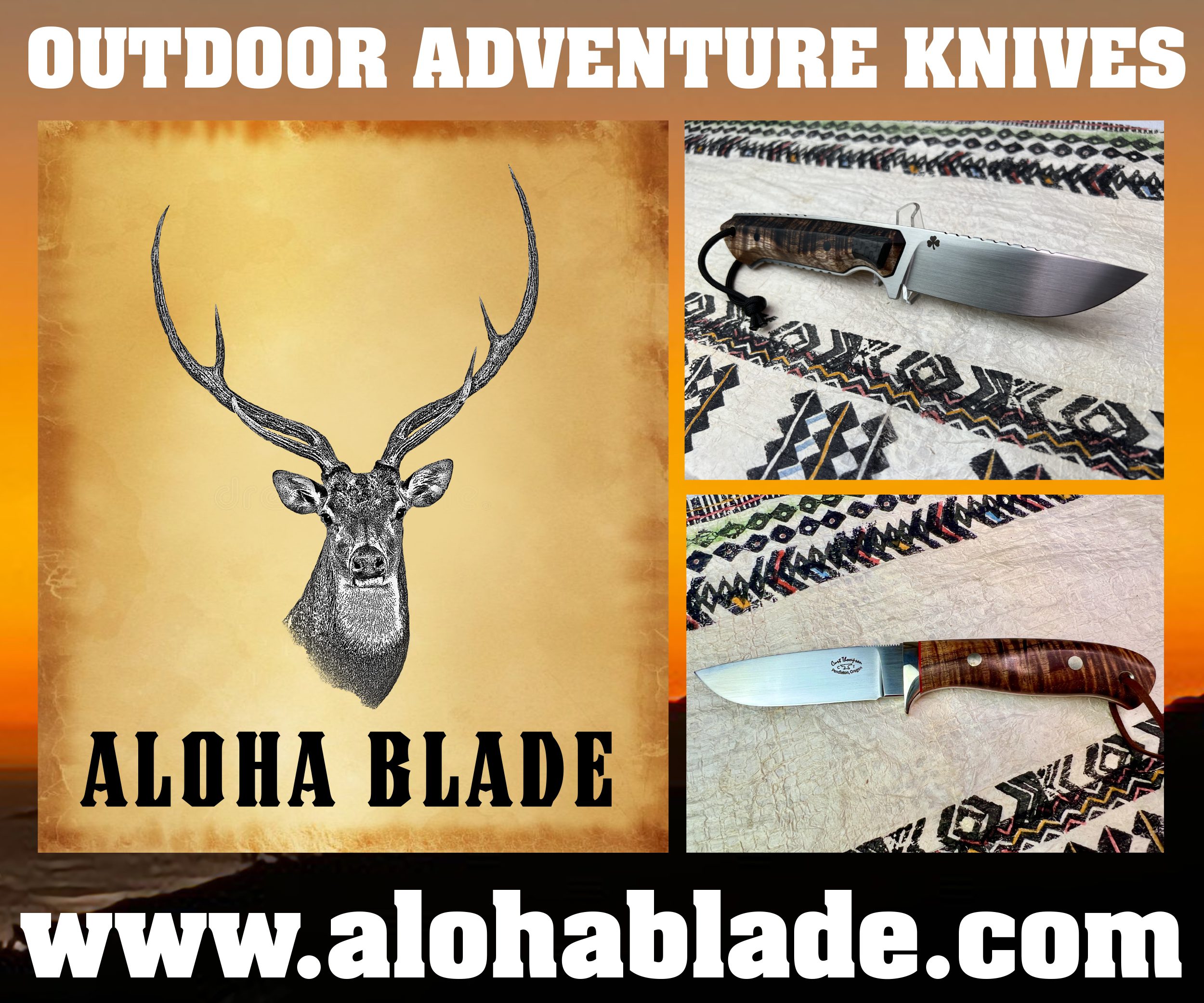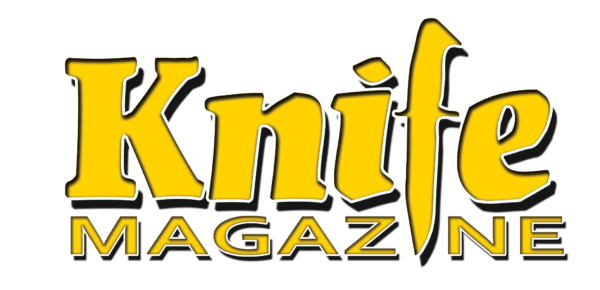5 from the Grinder is back from hiatus, with Canadian maker Thomas Haslinger of Haslinger Custom Knives. I don’t know Thomas personally, but I have found his knives quite striking. I won’t steal his thunder by describing the technical features that set his knives apart, he does that below, so I will let you get to it.
If you are new to our series and would like to be featured yourself, you can find out more about 5 from the Grinder here.
Please introduce yourself and let us know what led you to making/designing knives
I am a full-time knife designer and maker since 2000.
All of the steps involved in crafting a handmade knife – from the design, cutting out the rough shape, grinding, heat treating, polishing, and fitting – are done by myself. In addition, the leather sheaths I make for each of my knives are hand stitched and treated for longevity and performance.
The joy of creating a one-of-a-kind knife that will last a lifetime is represented in each knife that I make – in its beauty, design, craftsmanship, and function.


What knifemaker(s) or designer(s) have had the biggest influence on you? Do you have any mentors?
While I have had no mentors so to speak seeing other makers work at shows sure had an influence. I am particularly fond of Wolfgang Loerchner’s work. Brian Lyttle, David Broadwell, Dusty Molton, Tim Herman, Rick Dunkerly, are just a few of the makers I meet over the years and appreciate their work.


What is your favorite knife pattern or style from history?
The Swiss dagger, especially the leaf shaped ones. As well the old European swords and daggers. Having grown up in Germany the museums have quite a few examples of them. What is really impressive is the workmanship back then, especially with the “limited” tools they had available.


What is the next big thing in knifemaking? / What direction do you see the industry going?
Too much CNC stuff.


Is there a knife from your lineup that you feel best exhibits who you are as a knifemaker/designer in terms of design elements, aesthetic or techniques used?
My signature on all my work are my Sweeping Grindlines. Not only do they look attractive, but more so they are a functional and revolutionary design feature. For further reading, please see article here. https://www.haslinger-knives.com/blog/grind-evolution-next-step-performance-improvement
My grind sweeps in a gradual arch from the plunge, (which is not a true plunge any more) to the tip. Because of this arch, the grind will act like a spring should the blade get flexed under stress and there fore it is much stronger. Where there is a sharp shoulder or square cut, there is a possible weak point under a stressful condition. This is due to the fact that the grain flow of the particular metal has been cut into and left exposed.
The sweeping flat grind is aesthetically pleasing as it follows the shape of the blade gracefully. But make no mistake, it does so much more than be pretty. What would you rather own, a sports car with a set of wagon wheels or one with a set of performance tires?
Invisible Screw Construction – Pioneered in 2003 and often duplicated my folding knives are constructed with invisible screws. Many higher end folding knives feature visible screw construction. I find this very distracting to the overall look of the knife. While more tedious to construct the hidden screw design allows great design flow with a solid construction method.
Hidden Bolster Fastening -Typically a large percentage of higher end knives with damascus bolsters feature visible pin or screw fastening. I find this very distracting to the overall look of the knife. My solution is to invisibly pin the bolsters, a secure and solid construction method, without visual distractions


What is your EDC and why?
Depending where I am I carry either a small folder I made way back when similar in size to my Suave at https://www.haslinger-knives.com/product/suave. And my fixy is my “Firefly” with G10 scales. Similar to this one:


You can see more of Thomas’s work at the Haslinger Custom Knives website, or check out his Instagram (@haslingerknives), and Facebook Page. You can also drop him an email at info(at)haslinger-knives.com.


If you are a Knifemaker, and would like to be featured on a future 5 from the Grinder post, visit the link below to find out more and get started.
Want to be featured on KNIFEMagazine.com? Participate in our “5 from the Grinder” series




